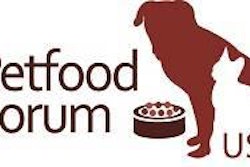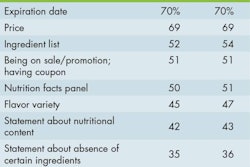During Global Pet Expo (GPE) in March, an issue of the “Show Daily” newsletter stated that the cat segment of the pet products industry was “exploding.” I failed to see this boom. As in past years, the show’s new products showcase featured at least twice as many dog products as ones for cats. Specific to petfood, while a few major new product launches encompassed both cat and dog food—notably, Wellness’ TruFood, in four formats—several focused only on dogs.
The dog market and product development for dogs still dwarfs that for cats, especially in petfood, for obvious reasons. Except for smaller breeds, most dogs are larger than cats and, therefore, eat more, making the dog segment naturally more attractive to petfood manufacturers. And dog owners are much more likely to use treats for training or as rewards, and to take their pets out and about, necessitating having treats and other portable products on hand.
While the treat market for cats has been ticking up, growing even a little faster than dog treat sales, the fact is that cats are all fairly small and don’t consume as much petfood or treats. They also tend to stay at home. And, as some industry observers commented during GPE, cat owners just don’t spend as much money as dog owners do.
The conversation brought to mind my interview with Jackson Galaxy, star of My Cat From Hell and the keynote speaker for Petfood Forum 2015 (see p. XX). Since his work focuses on helping cats and their owners, we discussed misconceptions about cats and their behavior, including myths that they’re independent.
“We look at dogs and we go, oh, I know what you’re doing,” Galaxy said. “It’s almost in our collective genes at this point, after tens of thousands of years of getting dogs; they send us signals we recognize. And cats, we’ve never invested that amount of energy into [understanding them]. Essentially, they’ve been along for the ride all these years, performing a job. And now, in the past 150 years, let’s say, we go, no wait a minute, we want you to be a pet. And then we get all upset because they don’t act like a dog.”
All these misconceptions can lead to a devaluing of cats, Galaxy said. Could this be at least partially behind the lower spending on cats and the resulting lower development of cat products?















